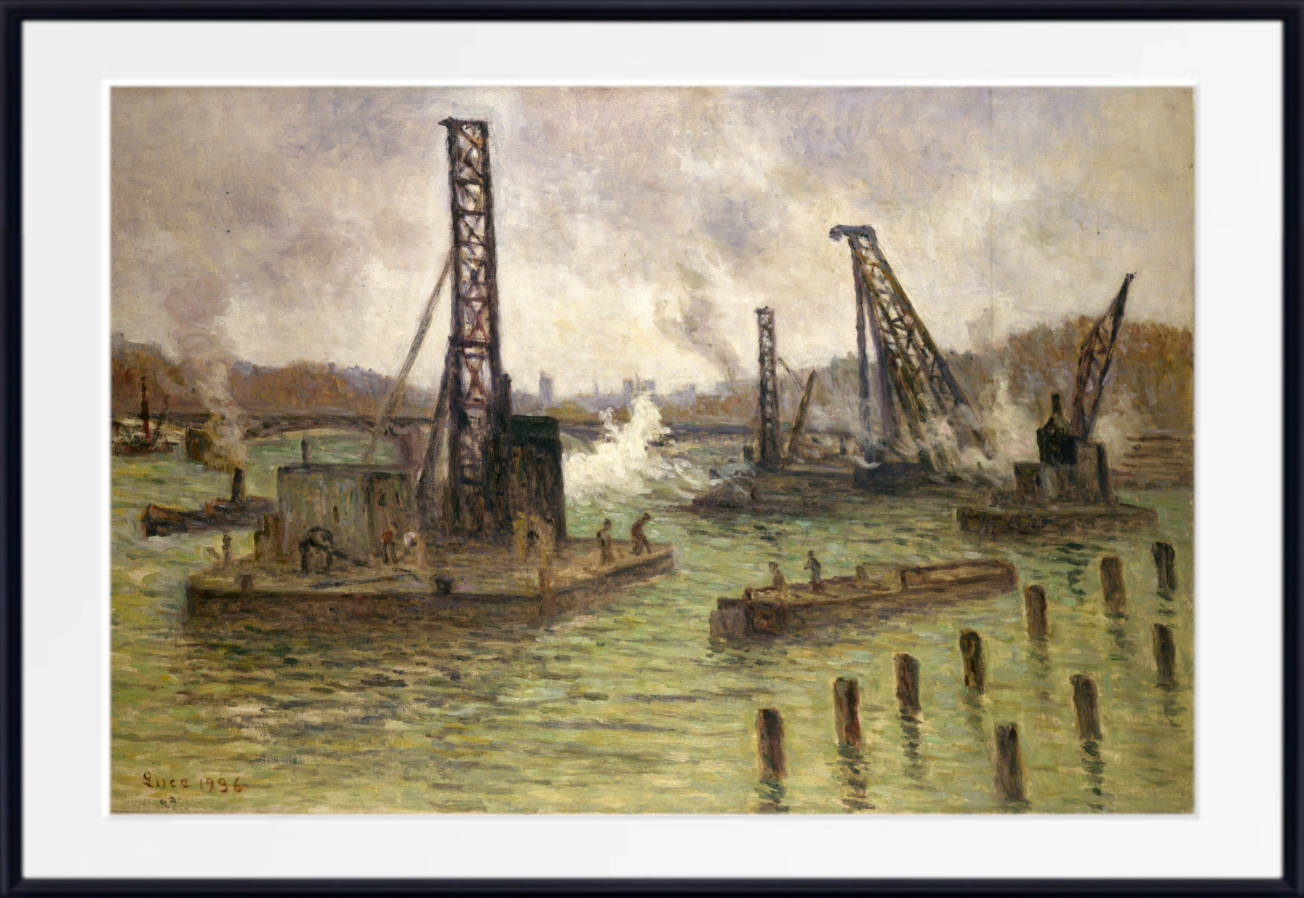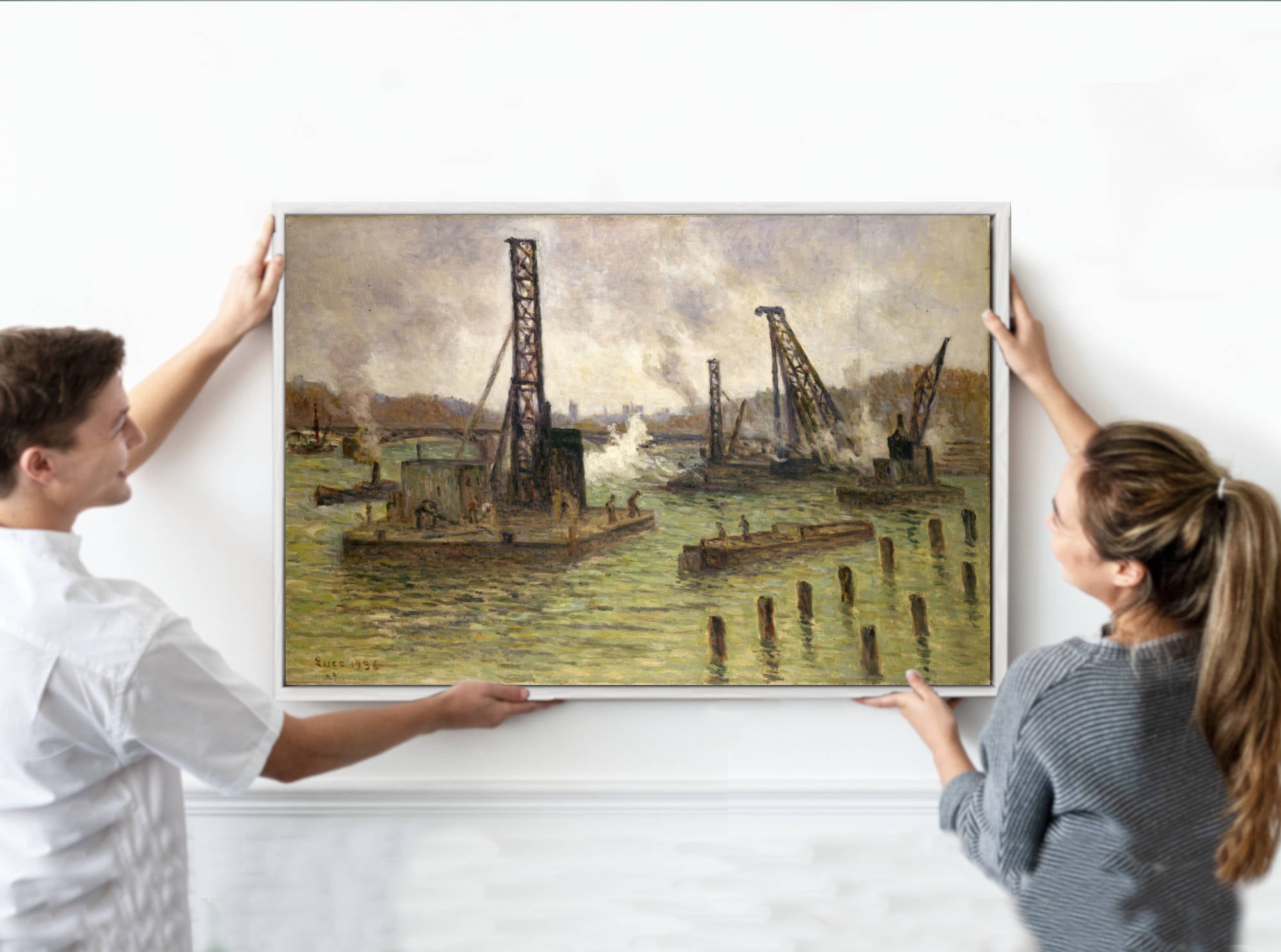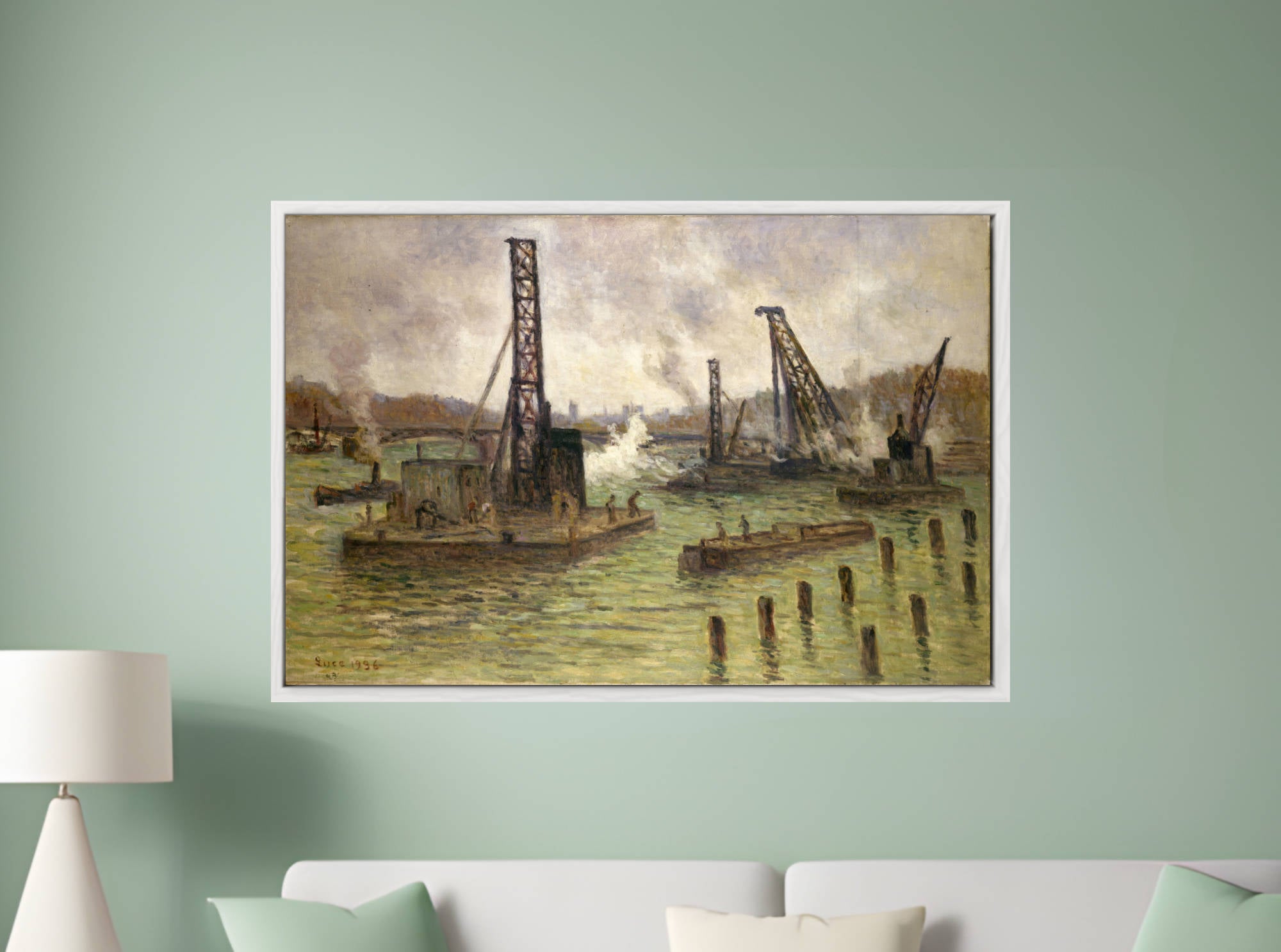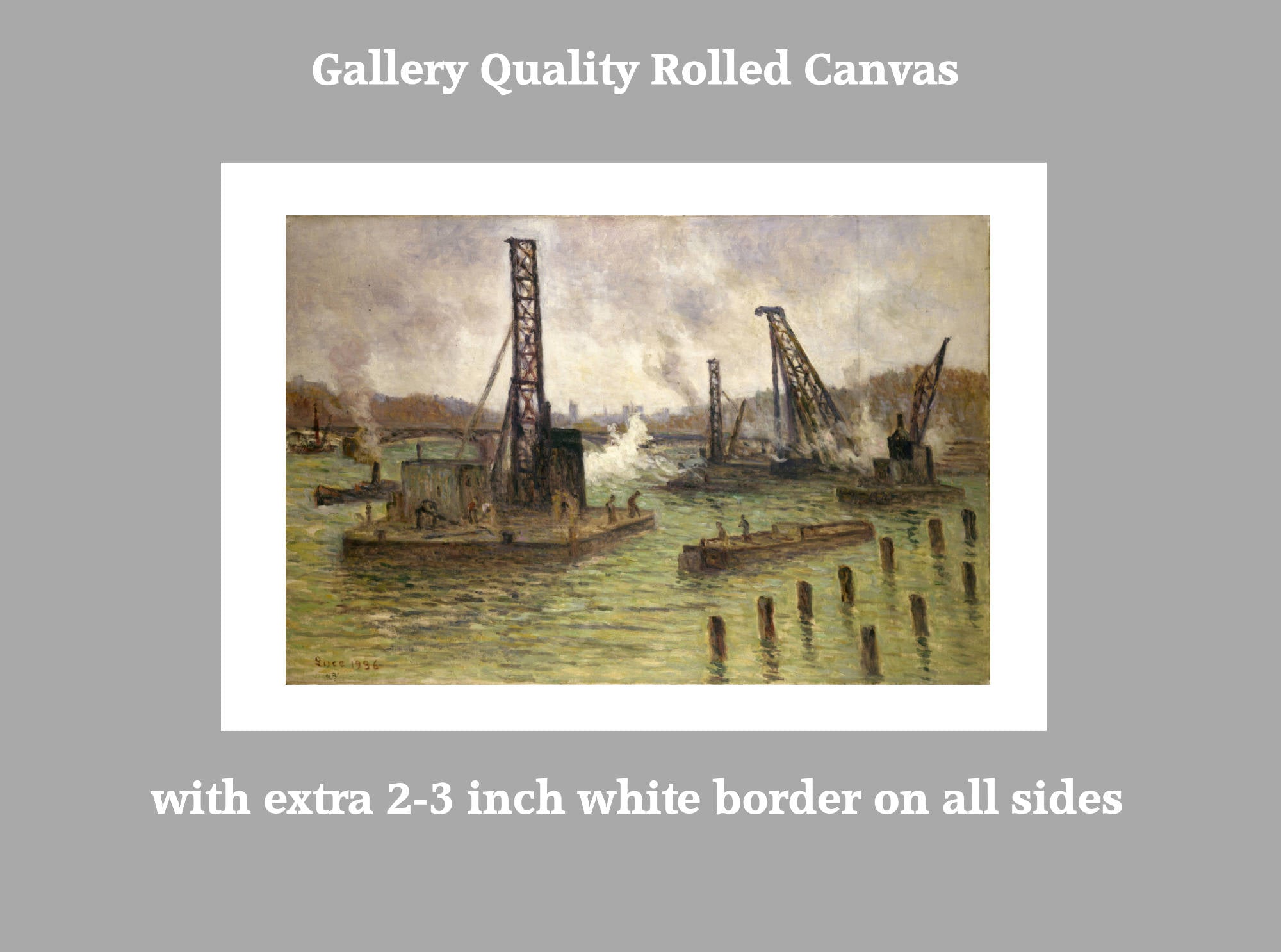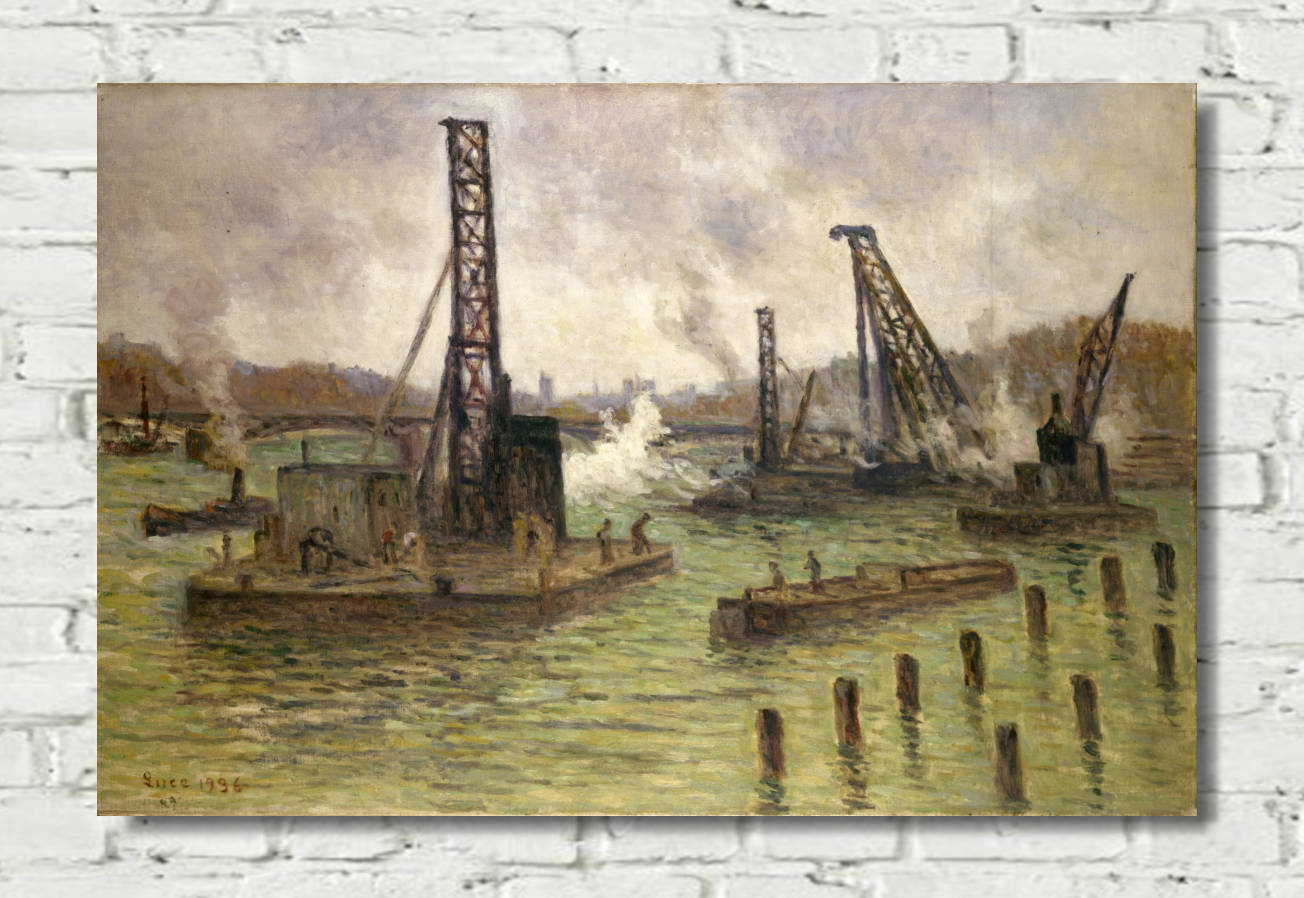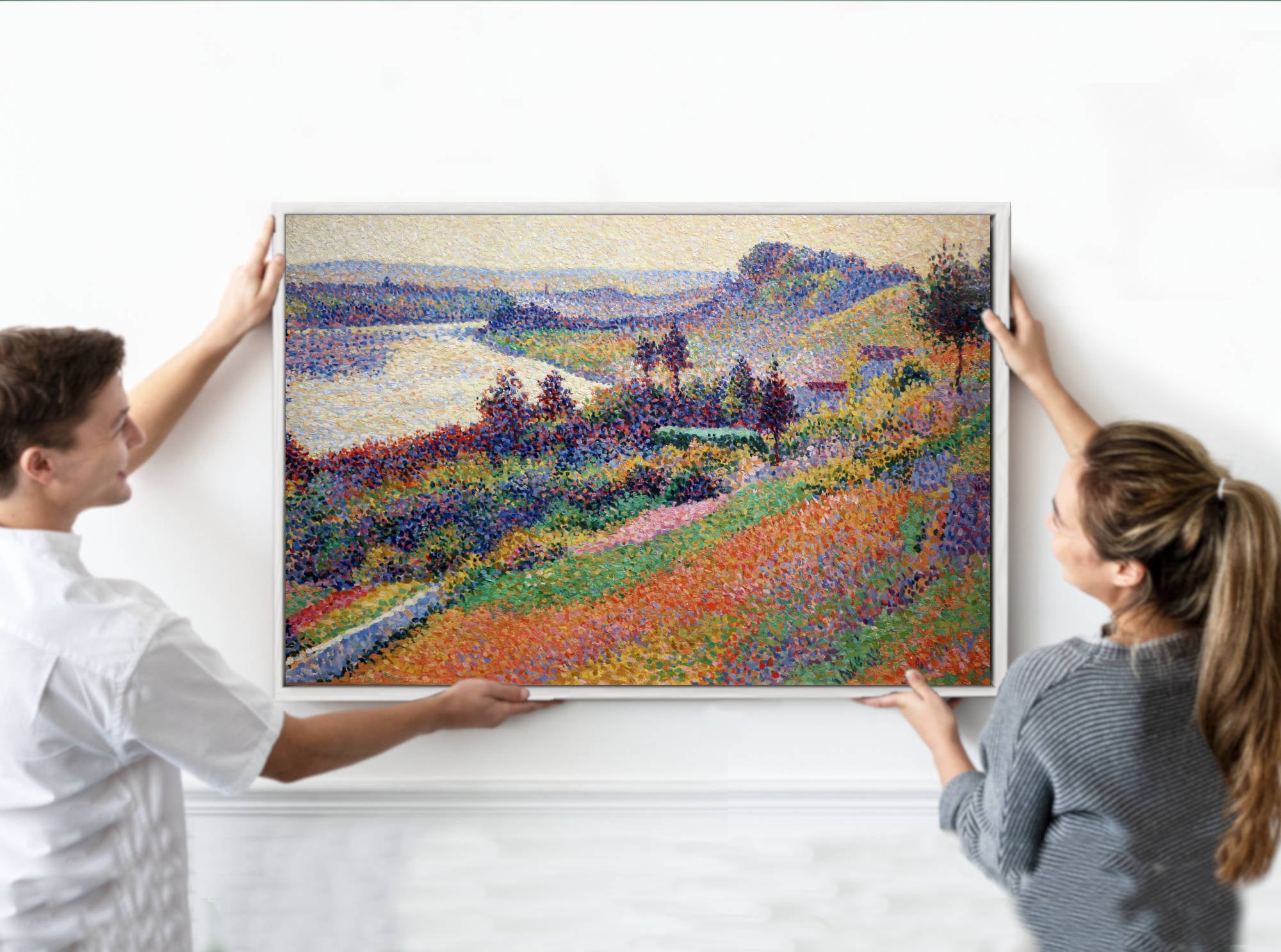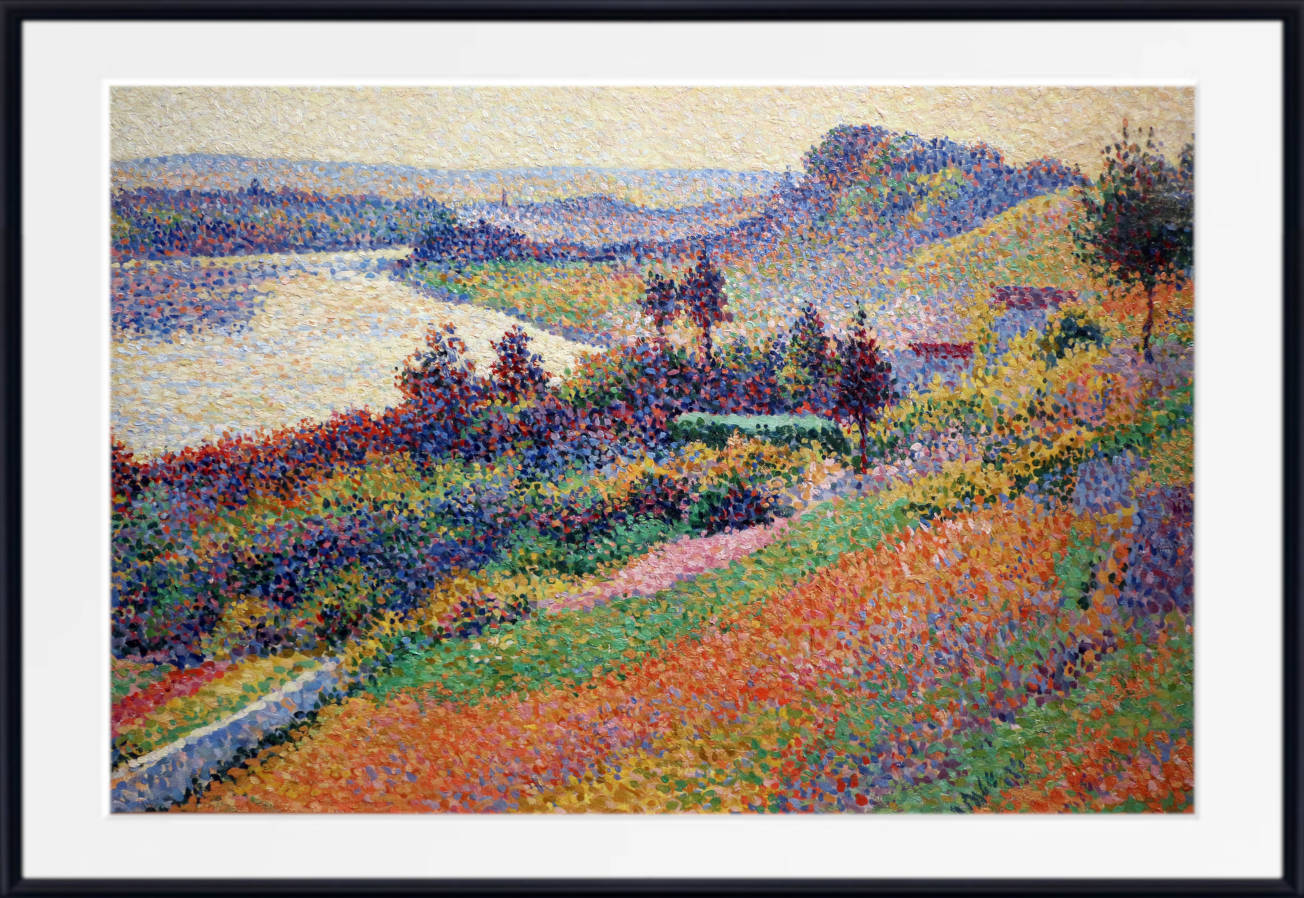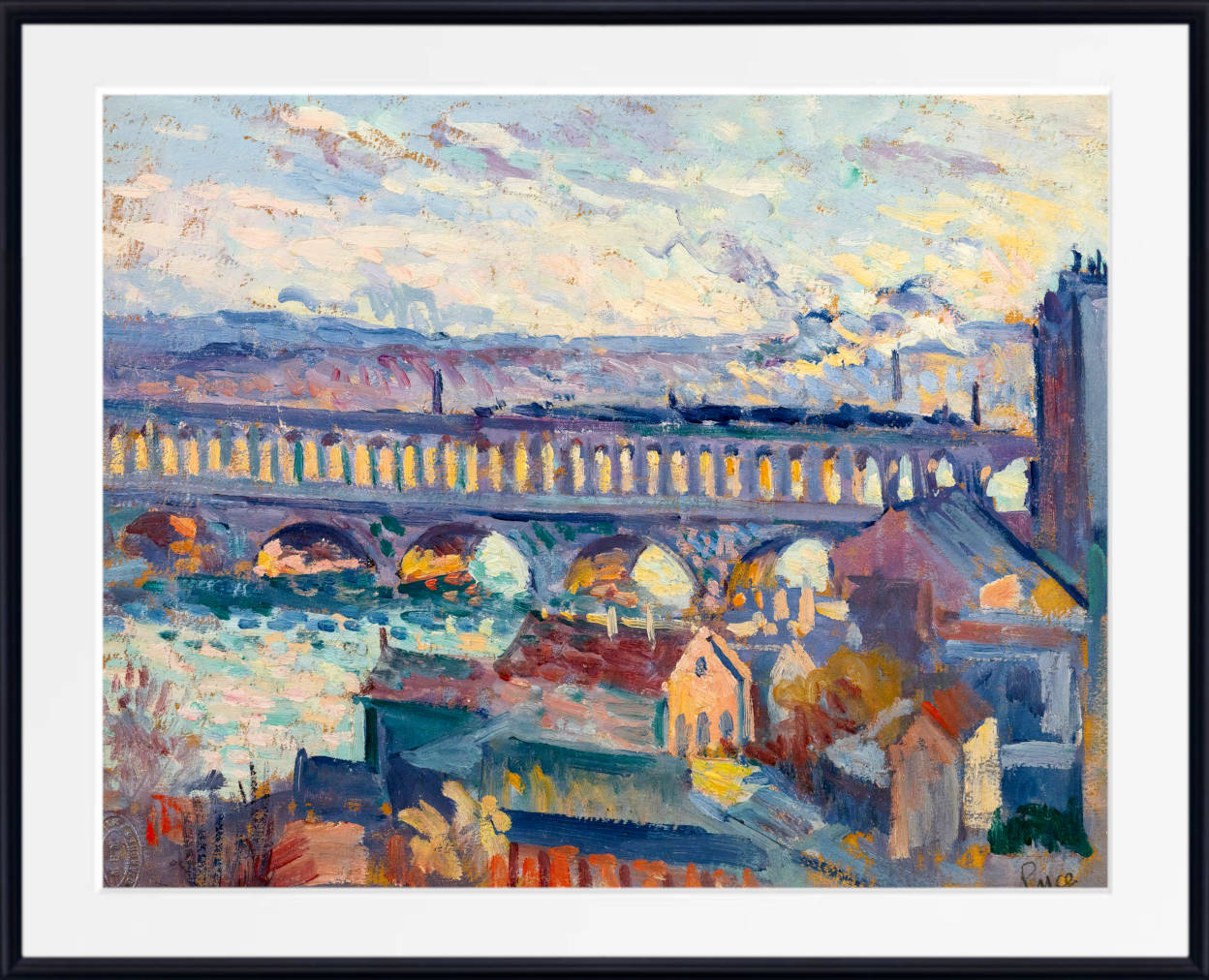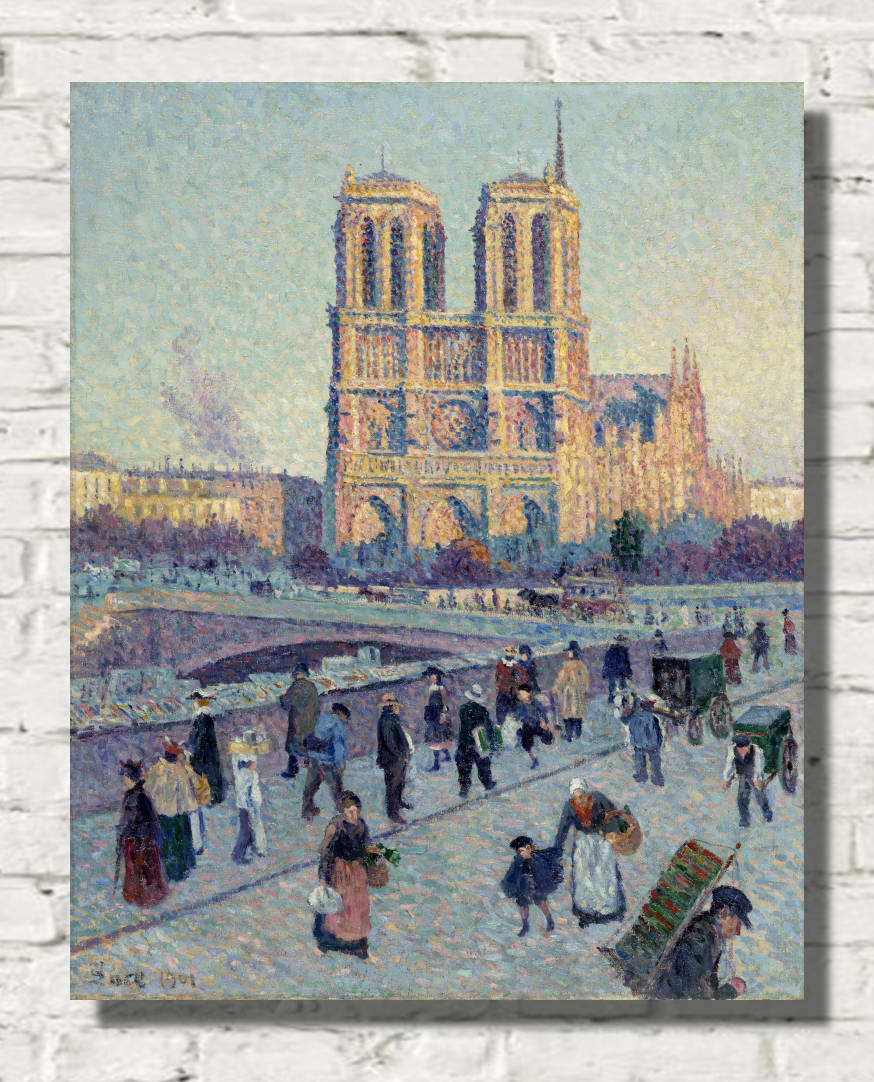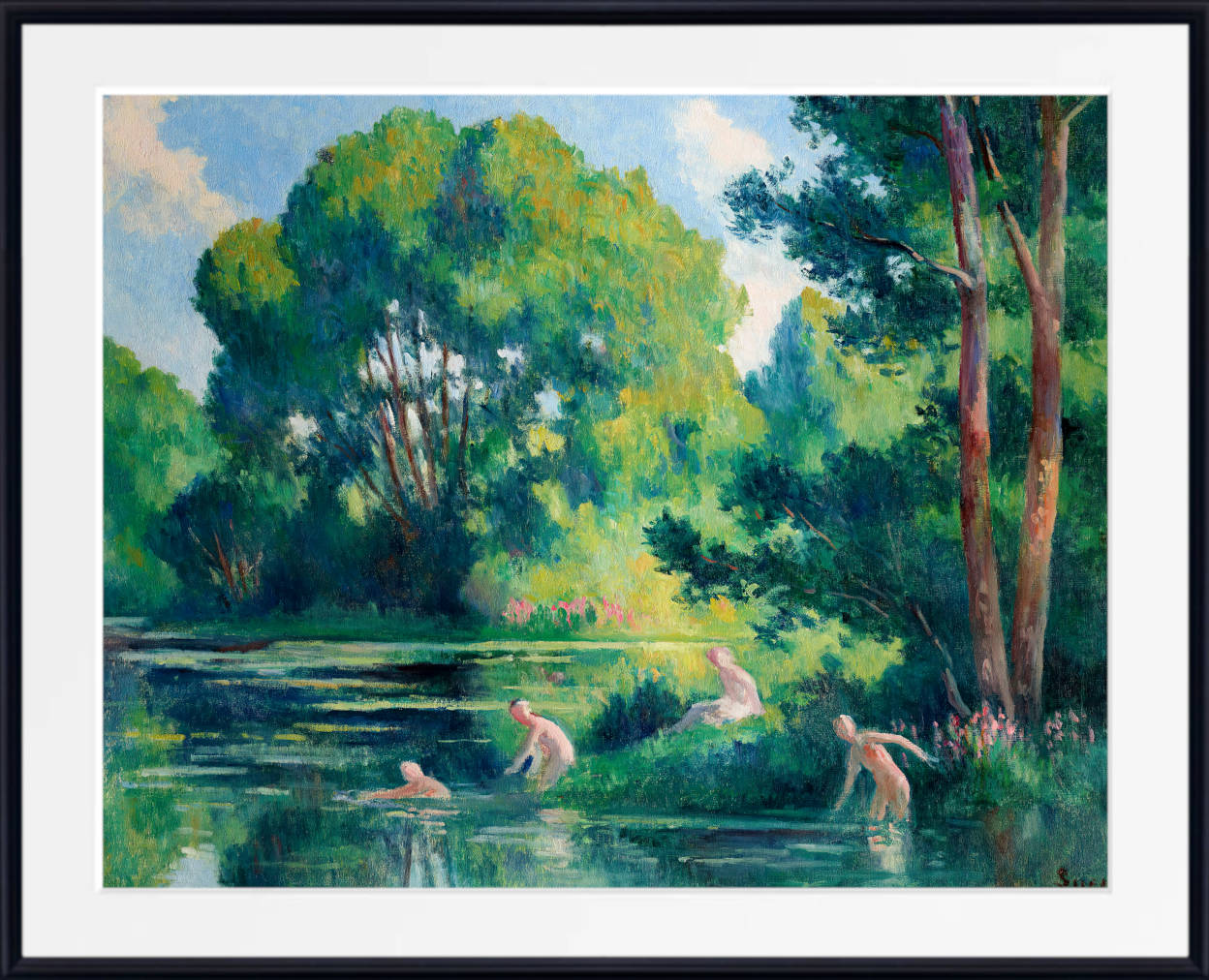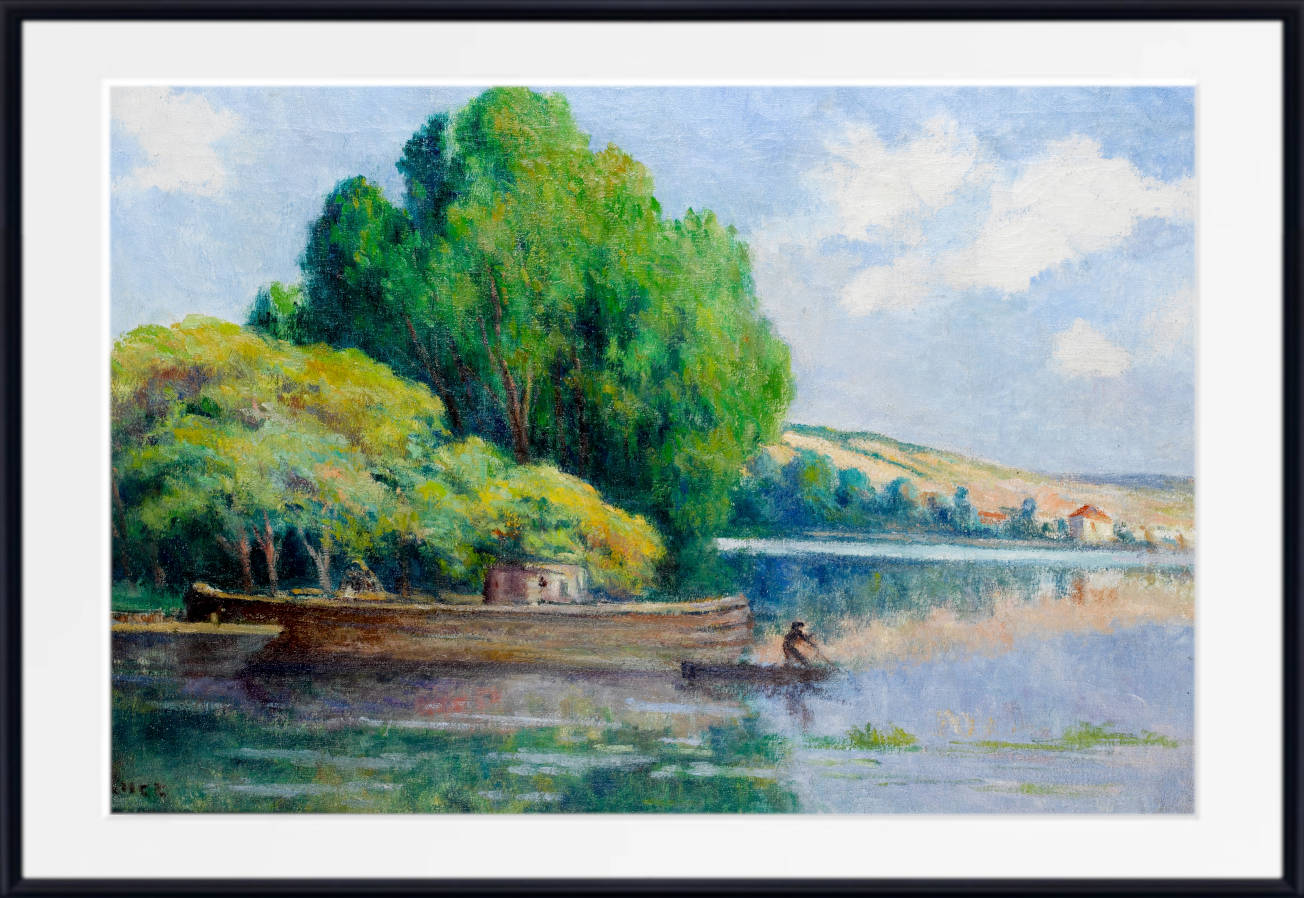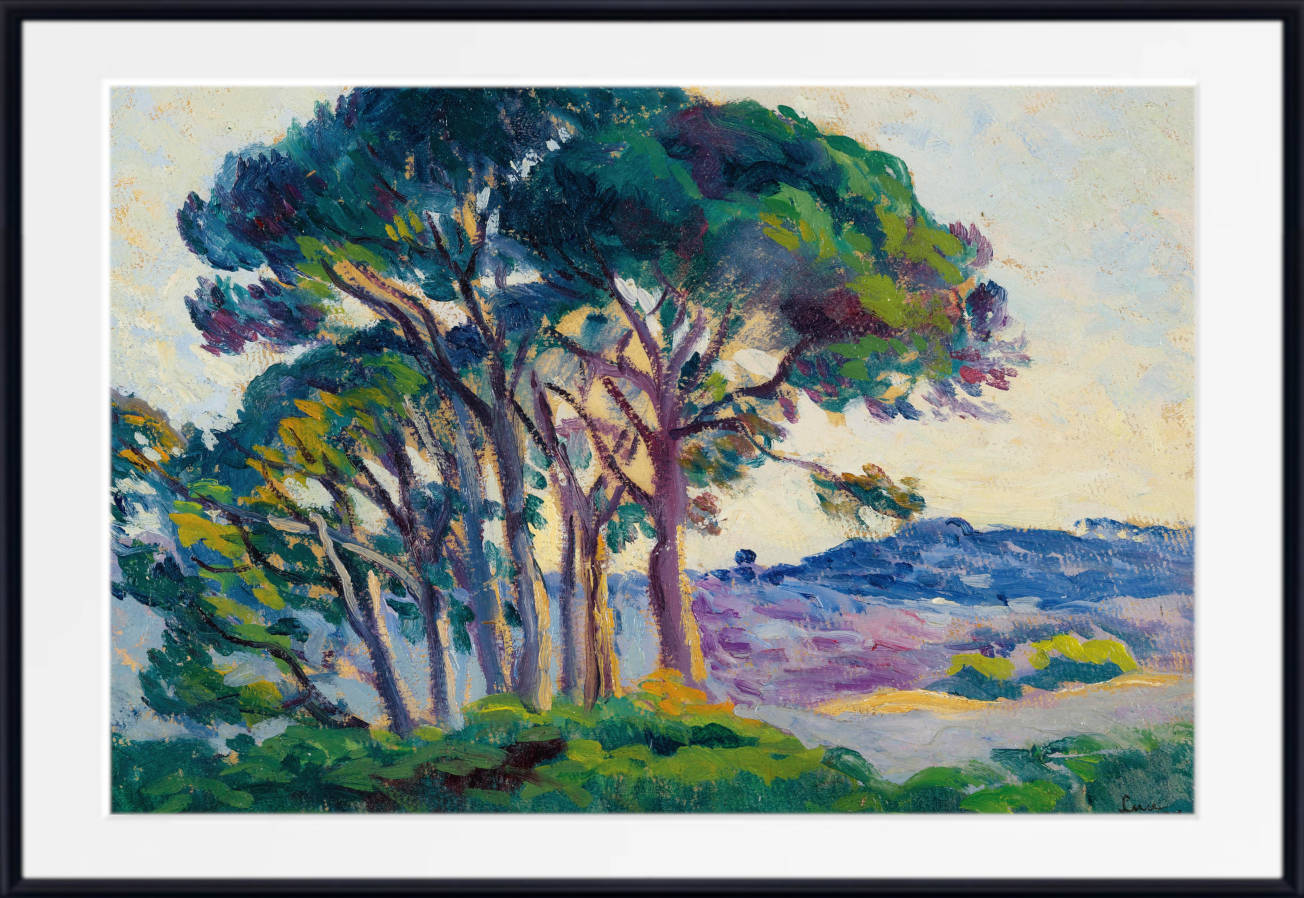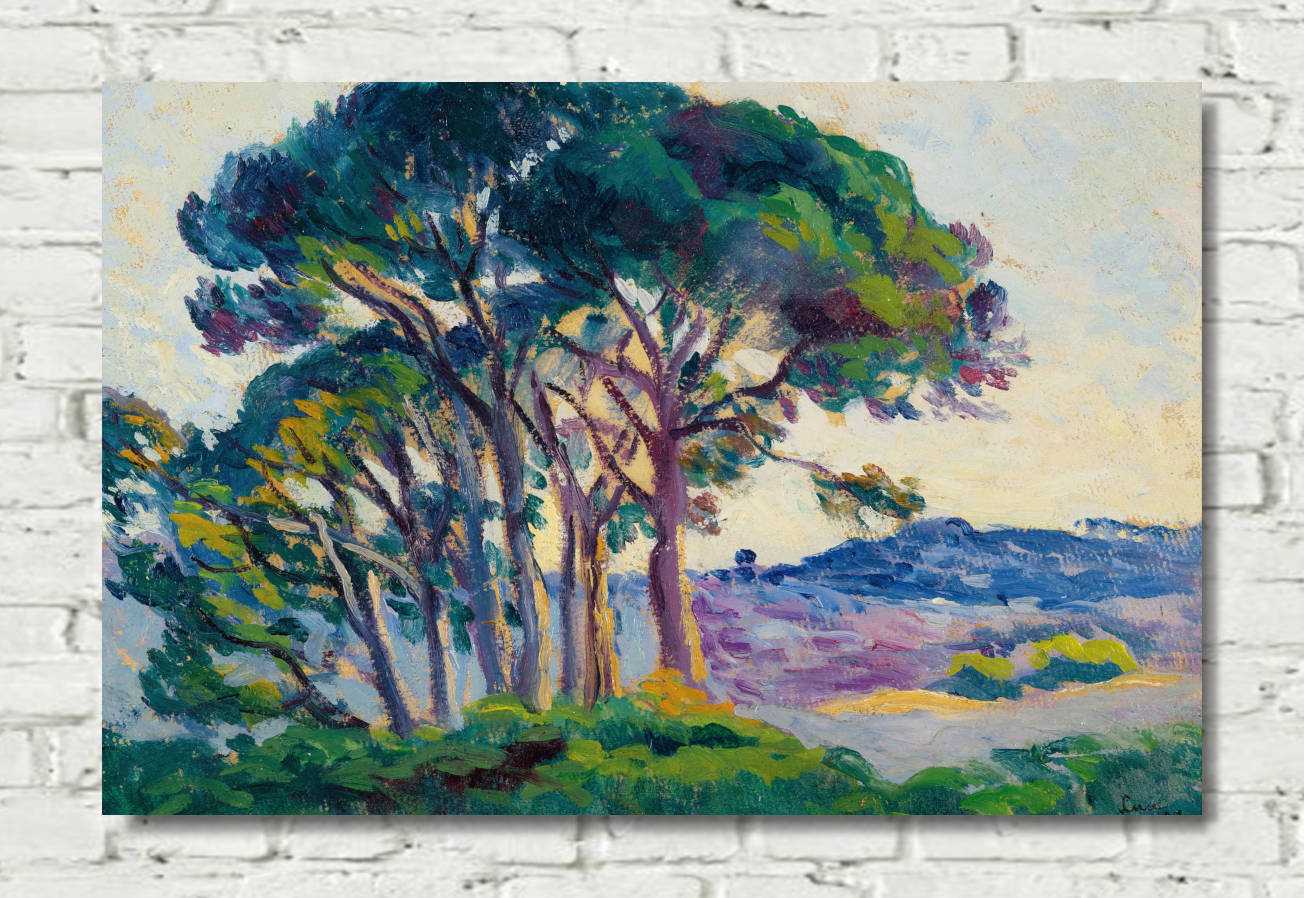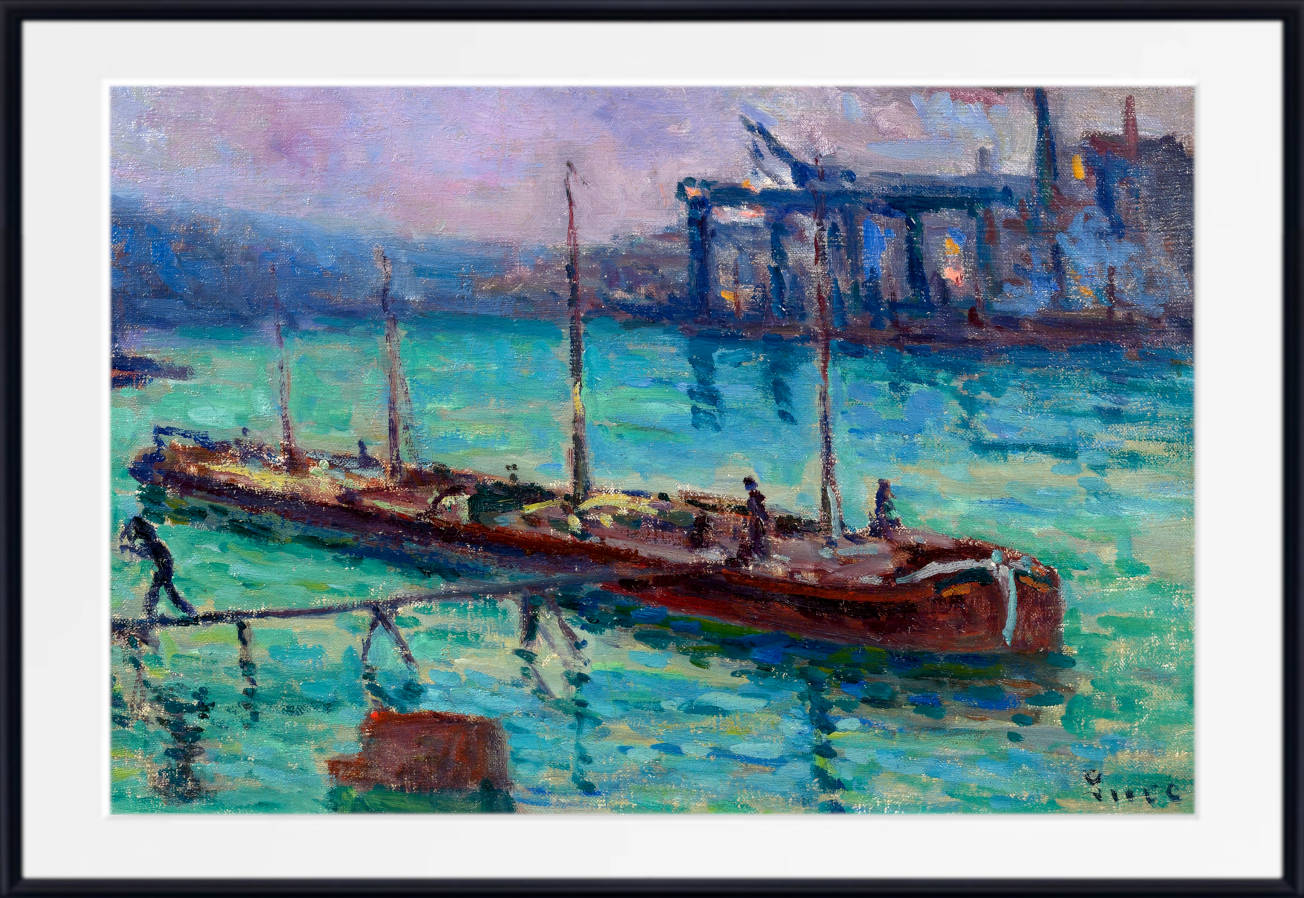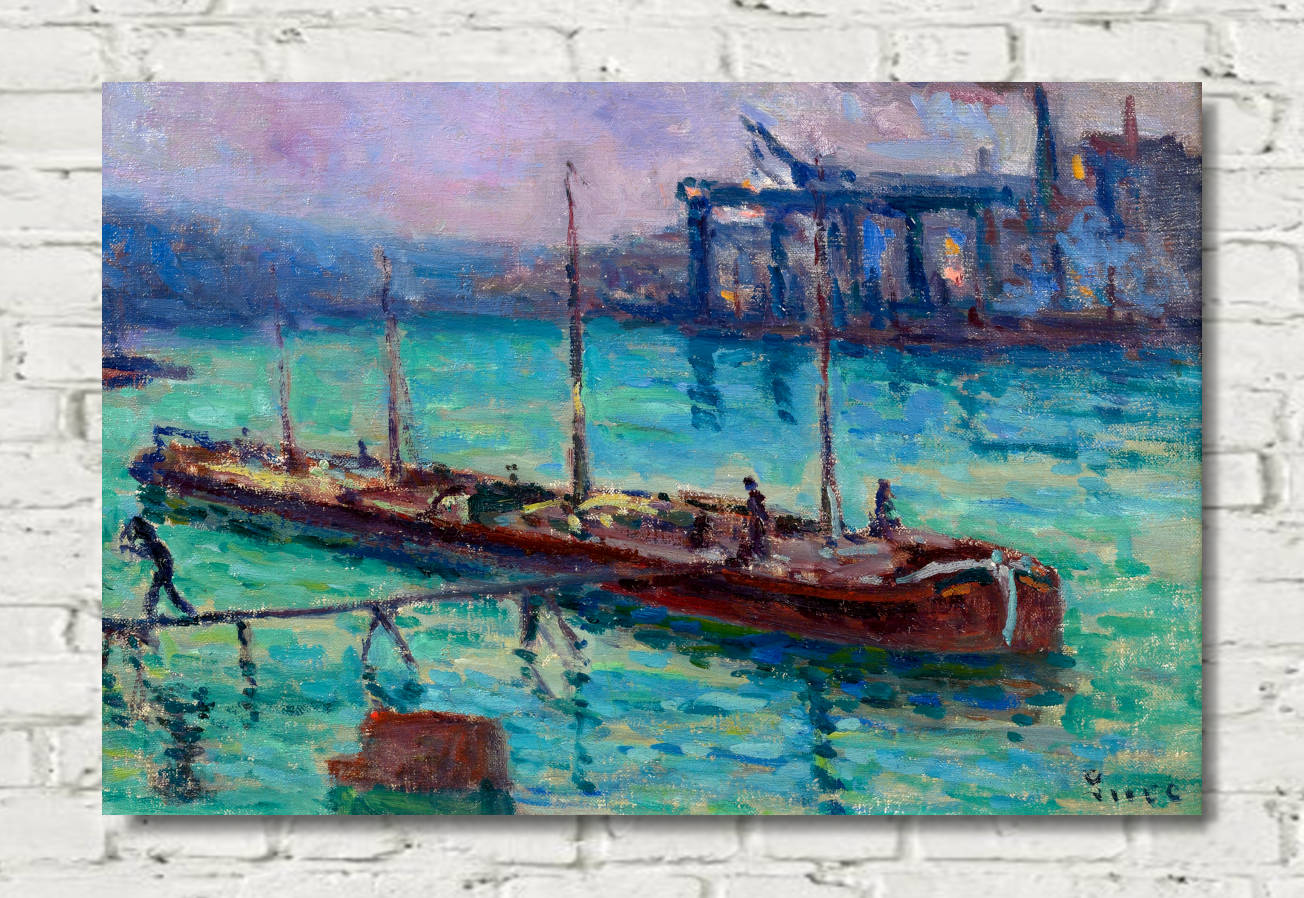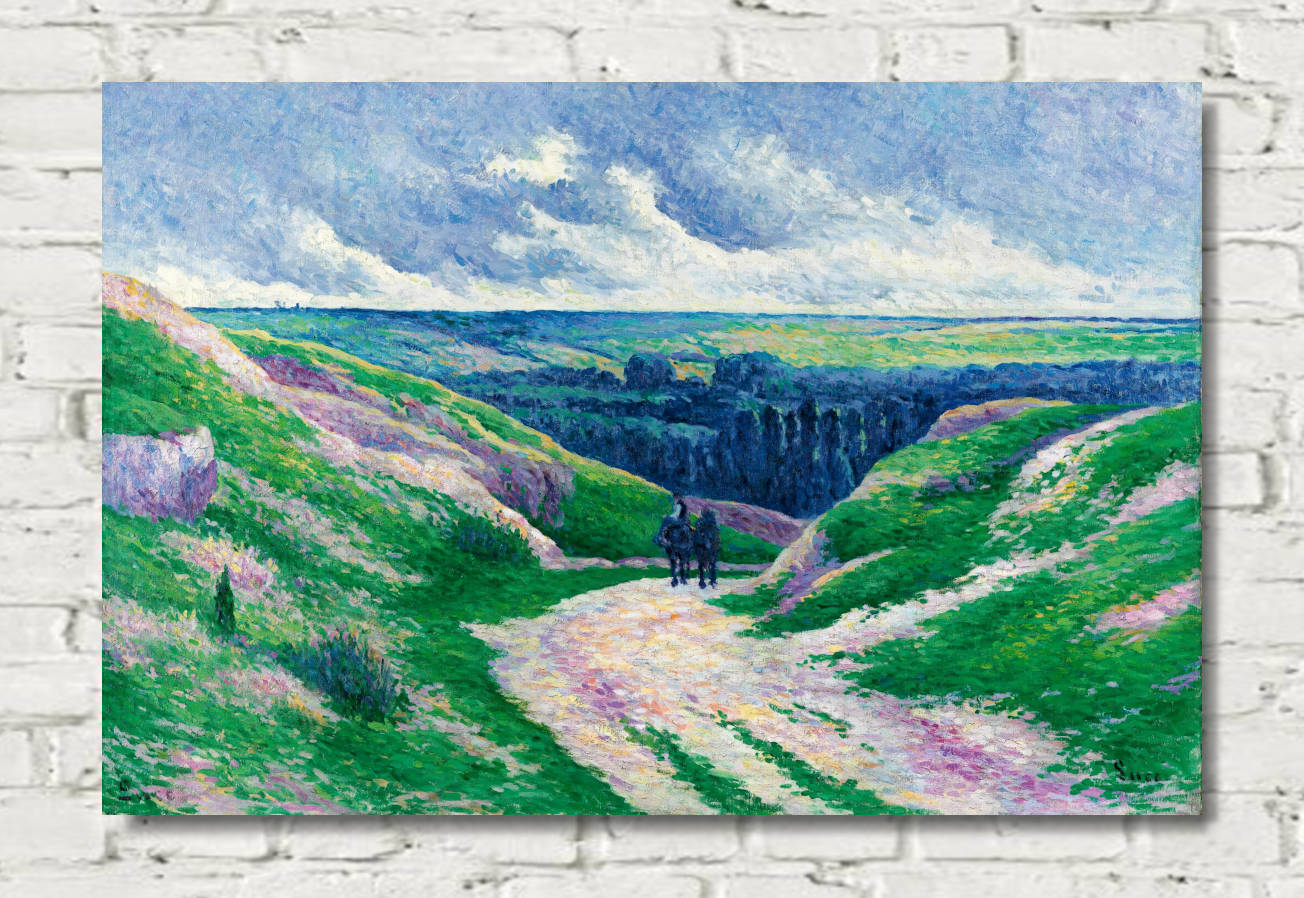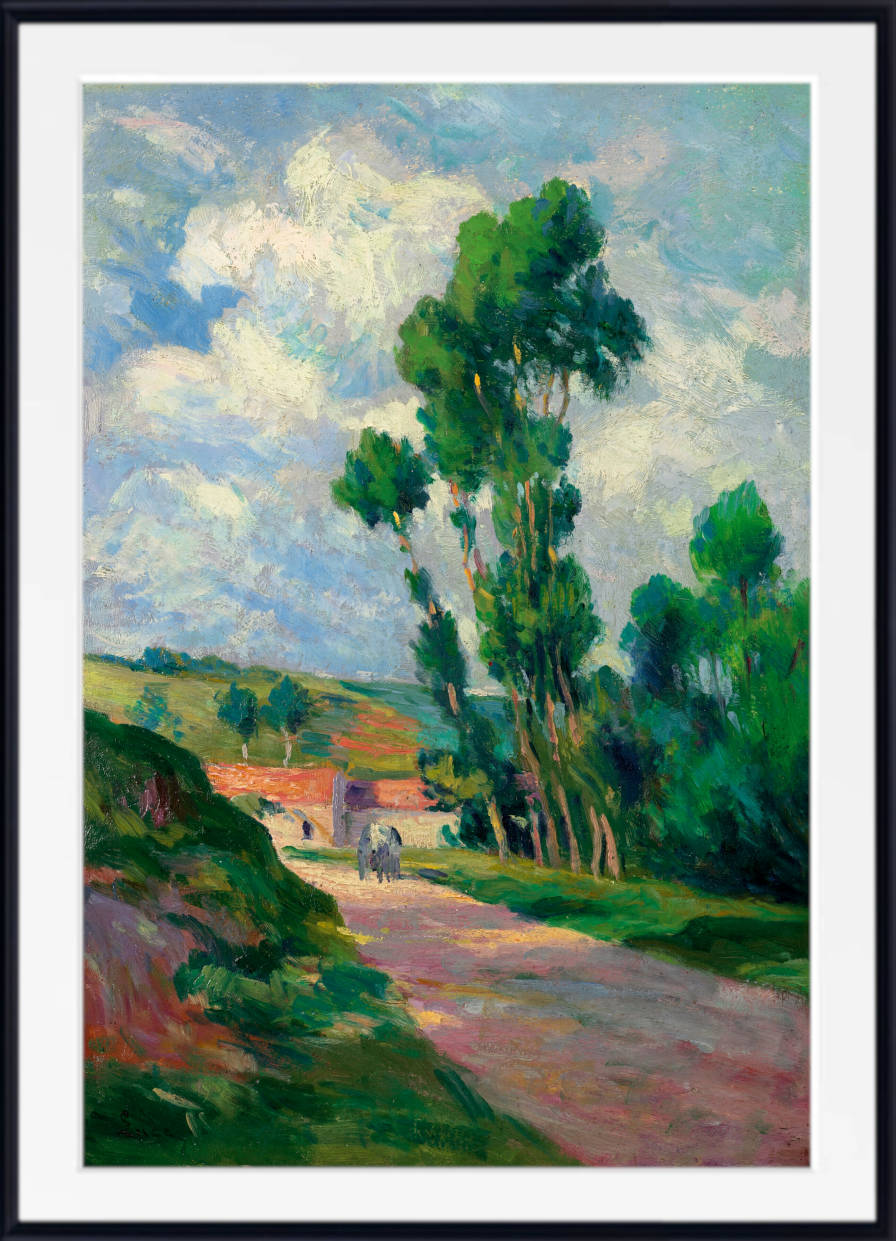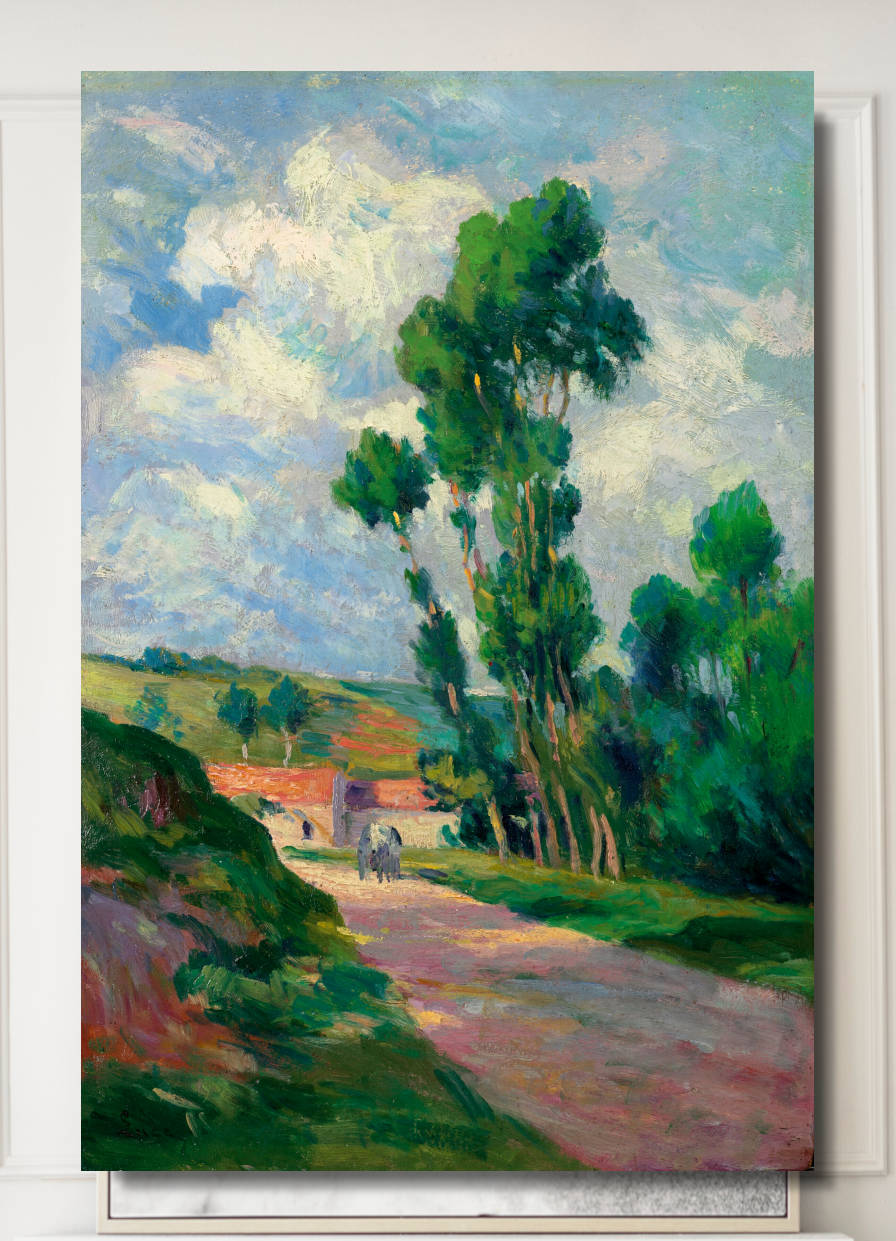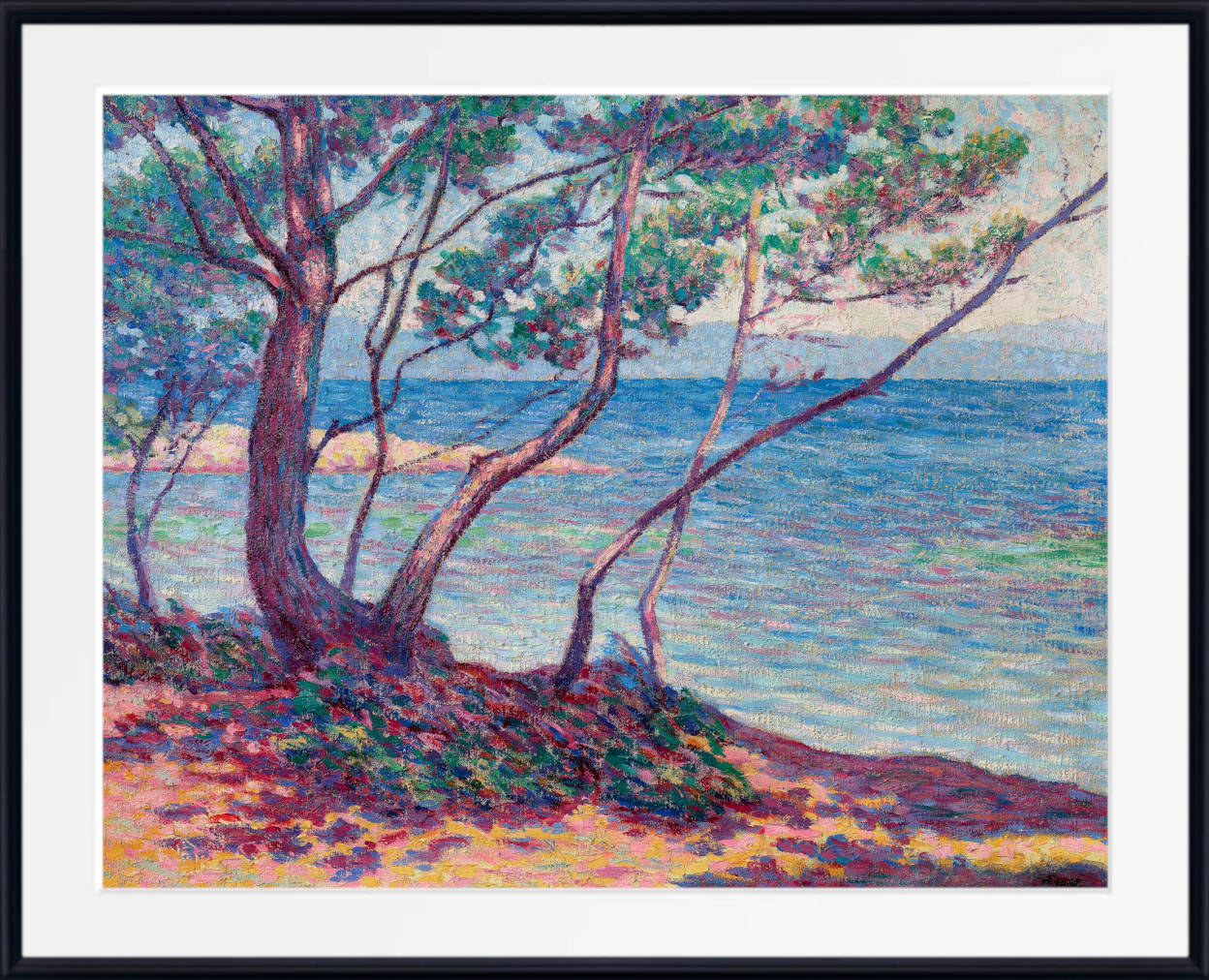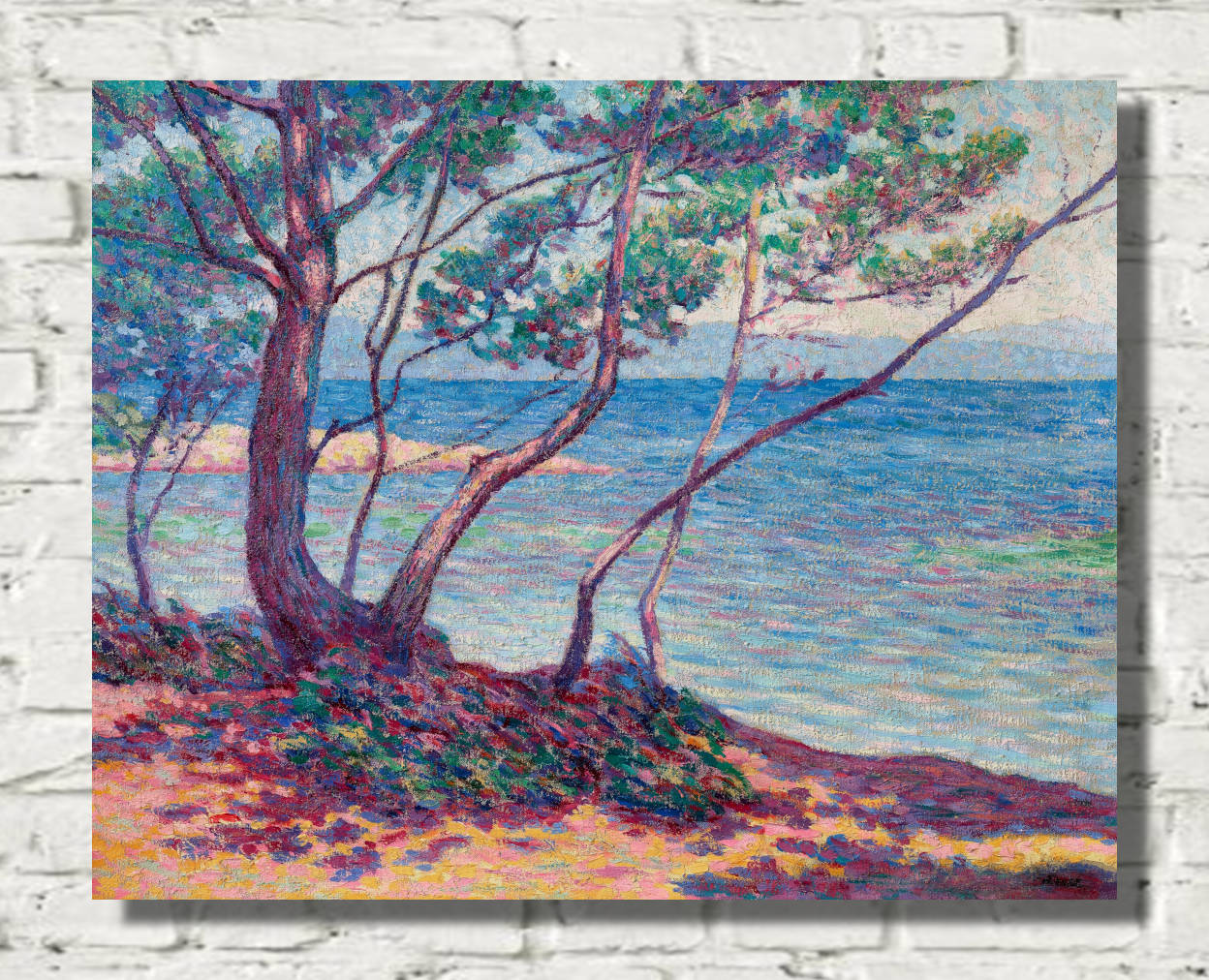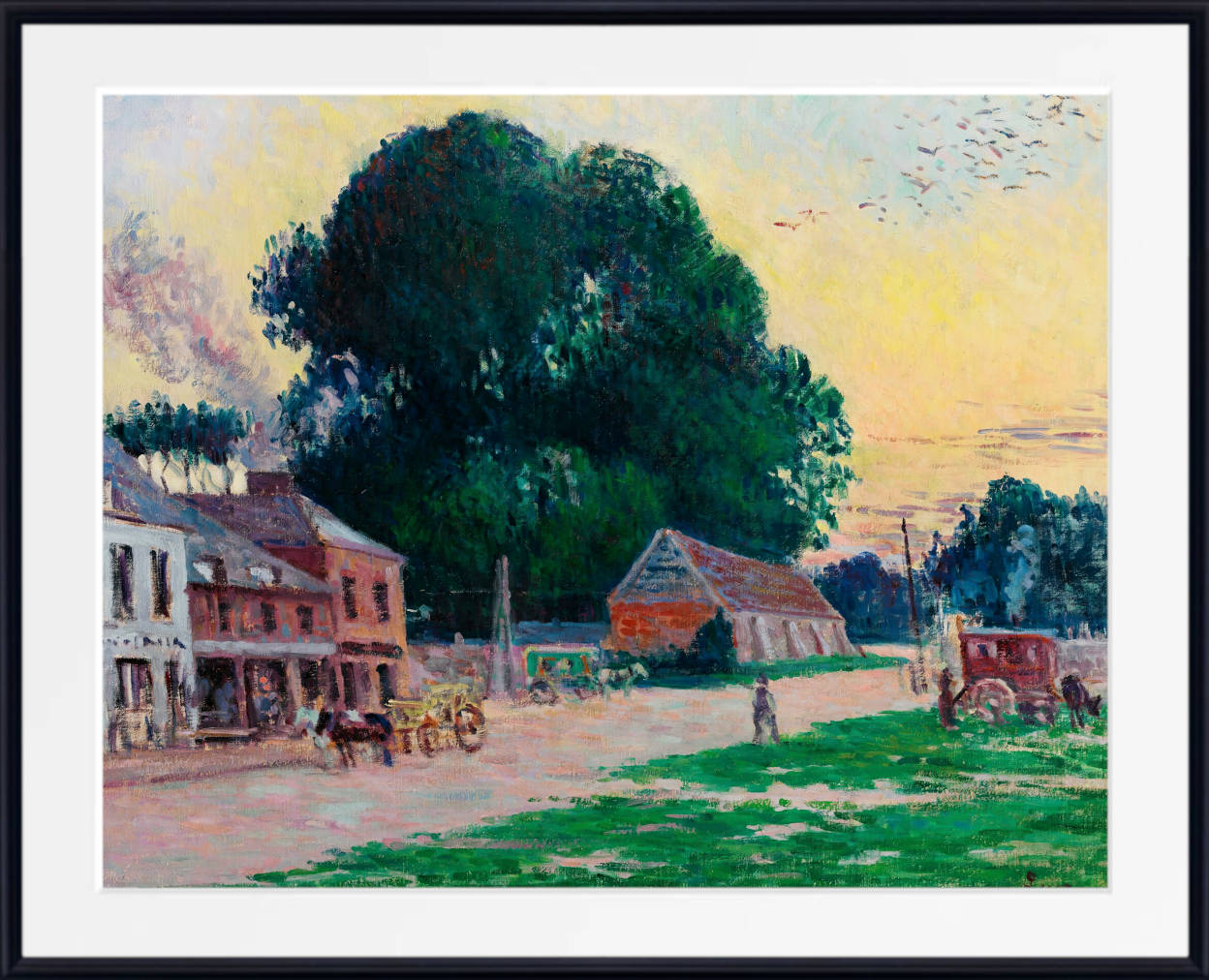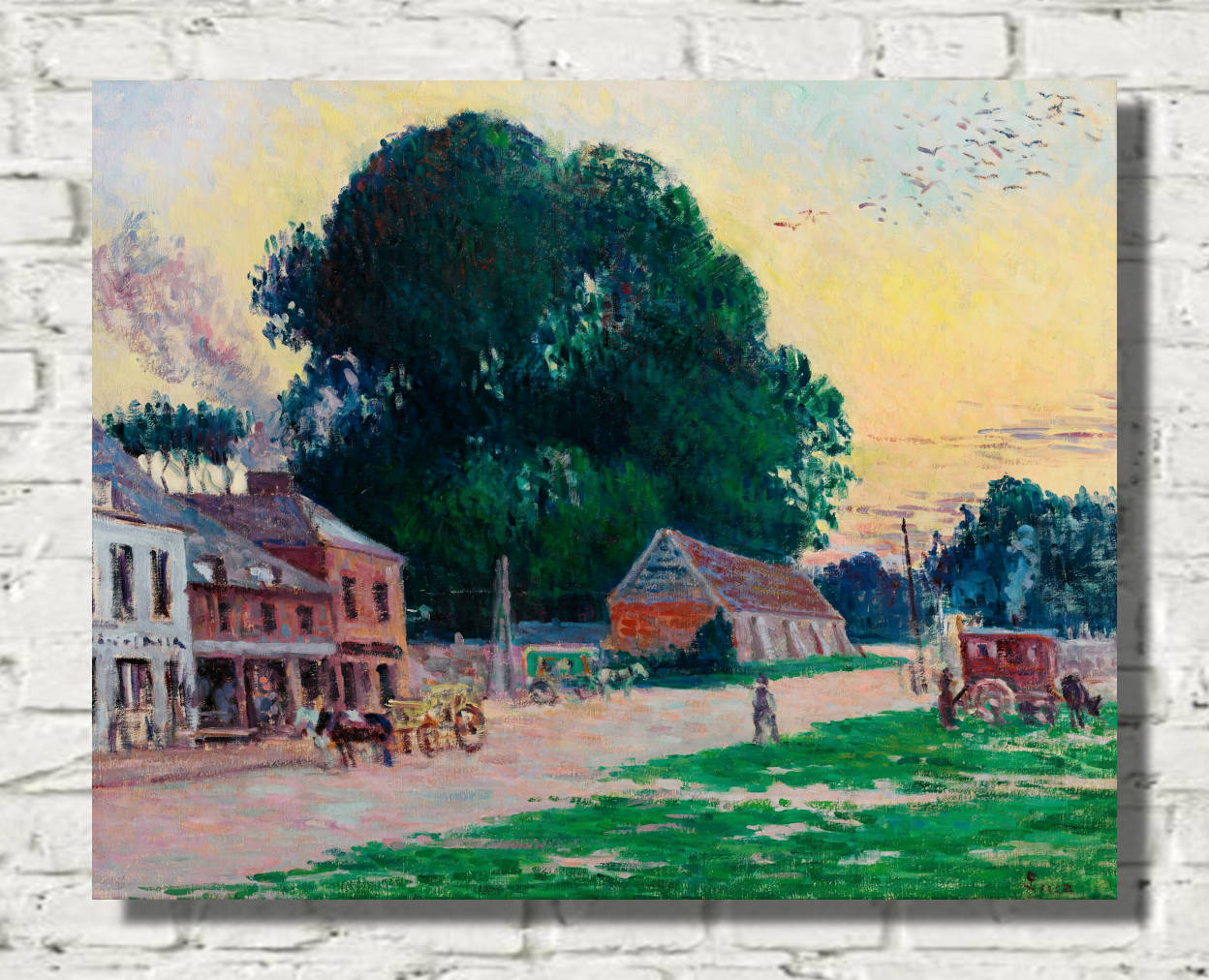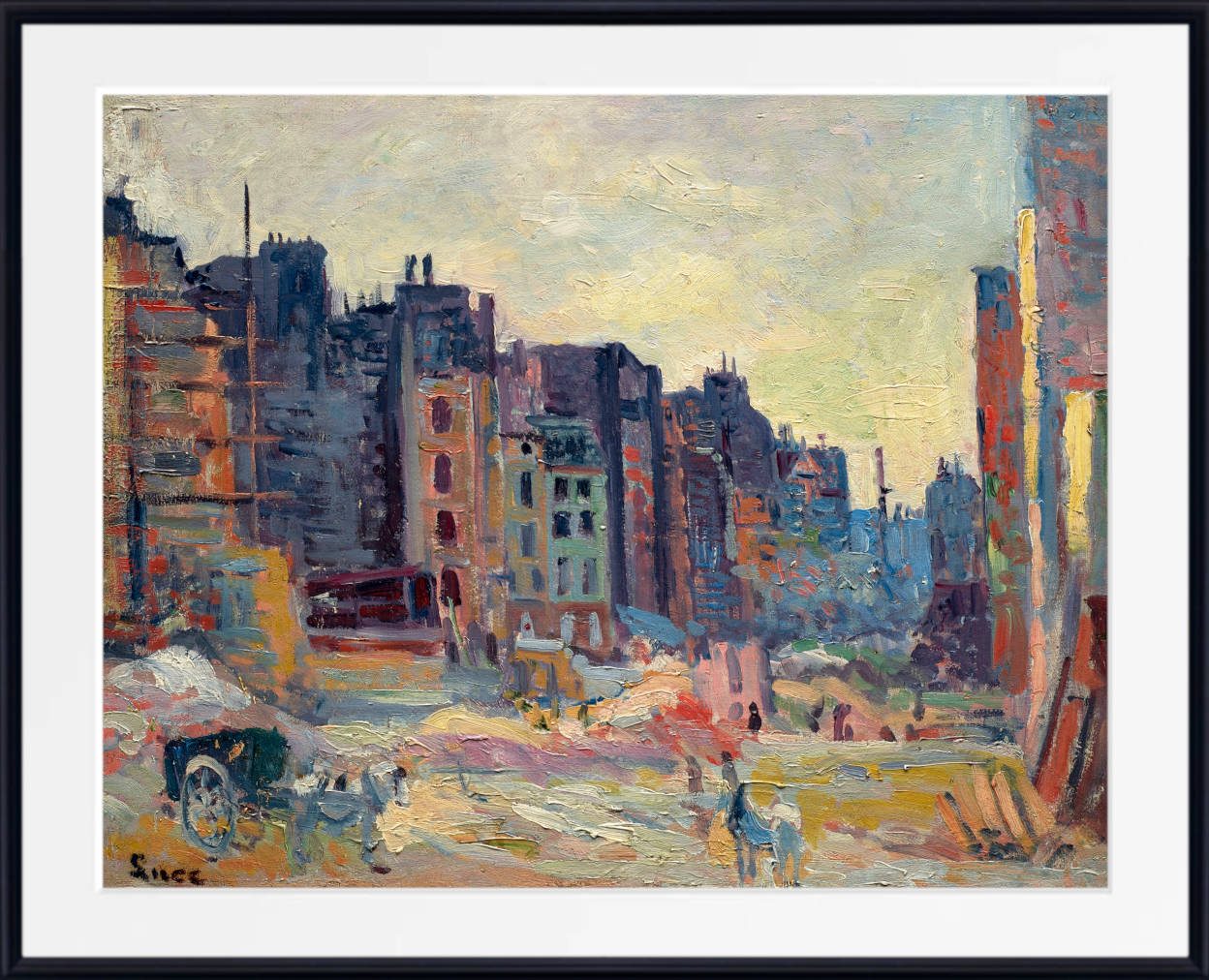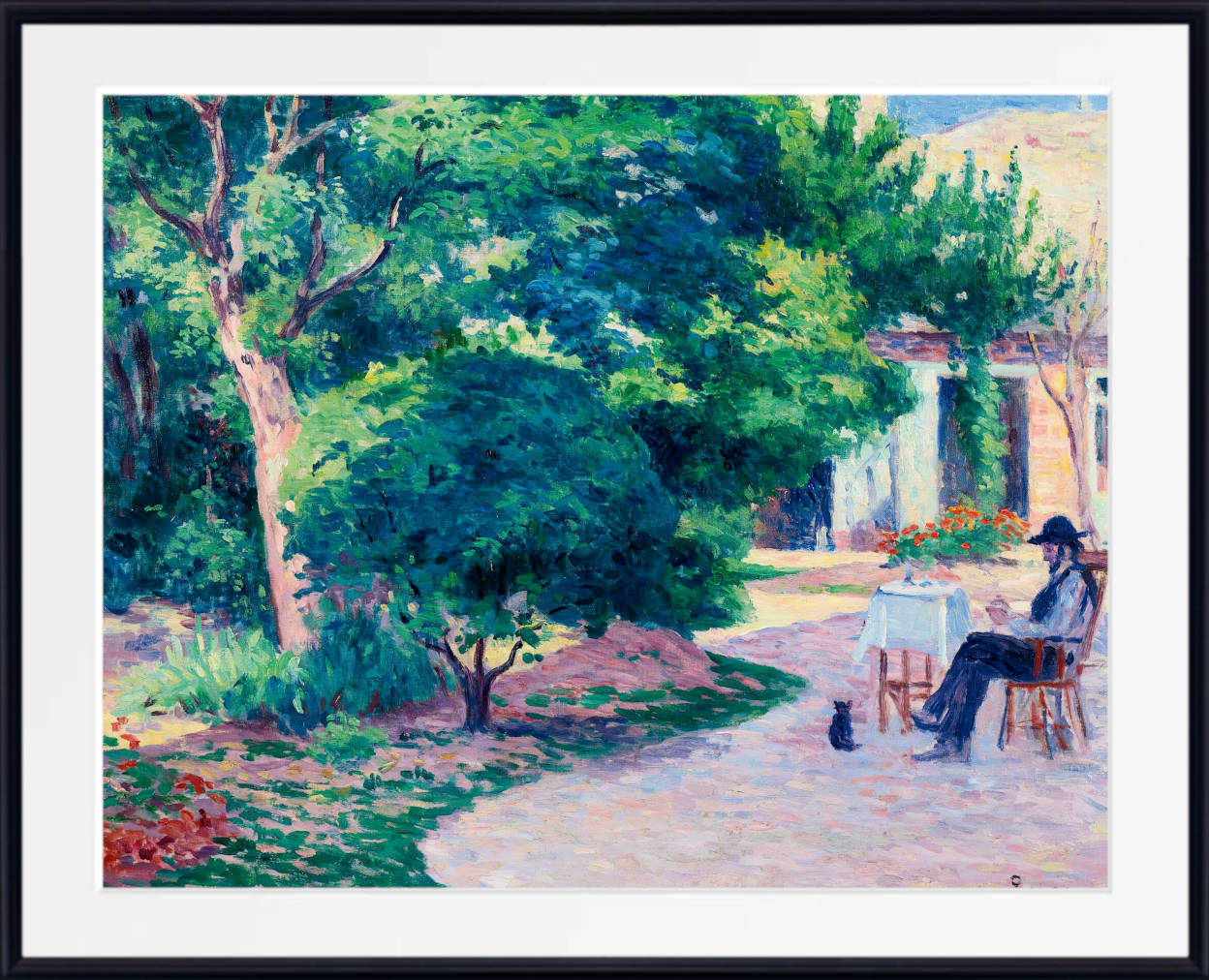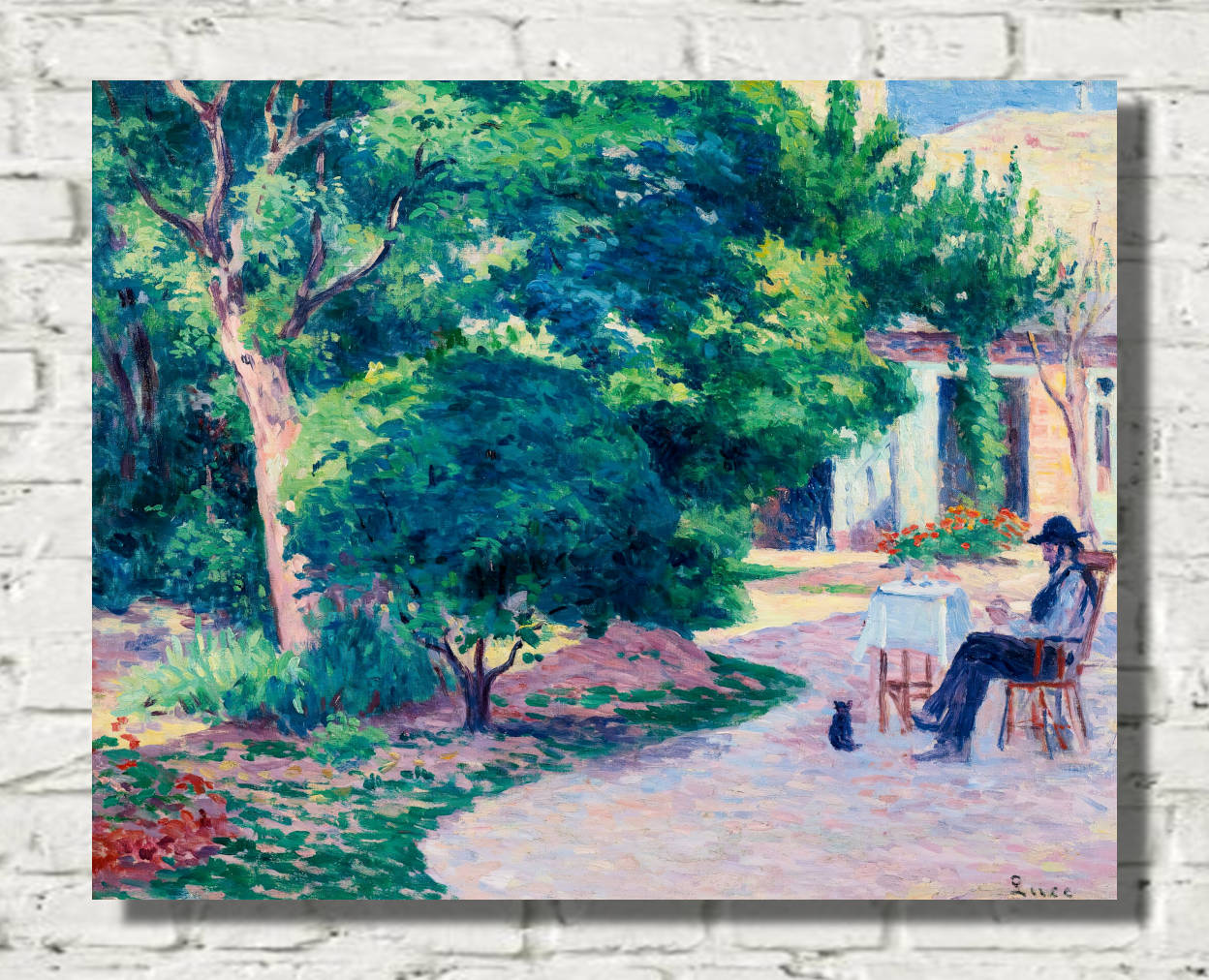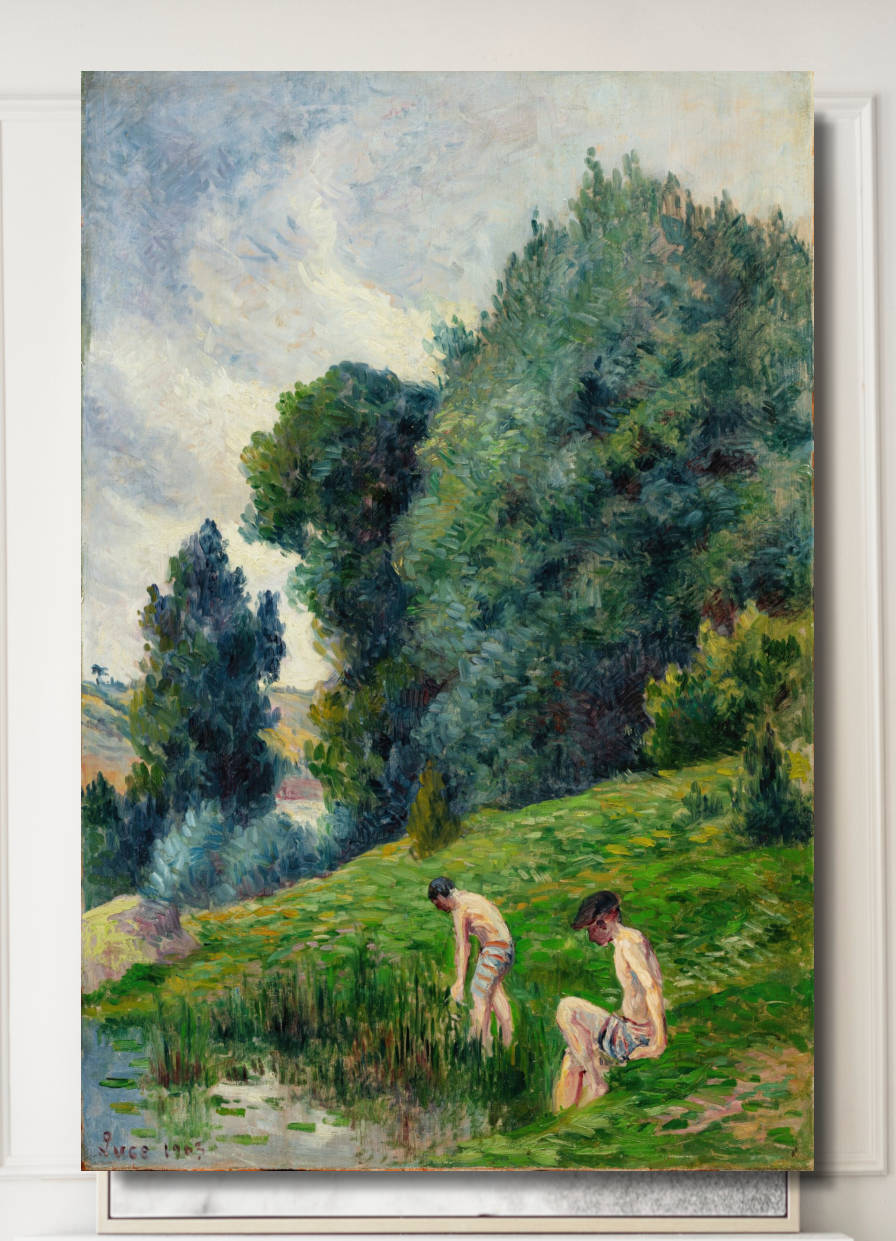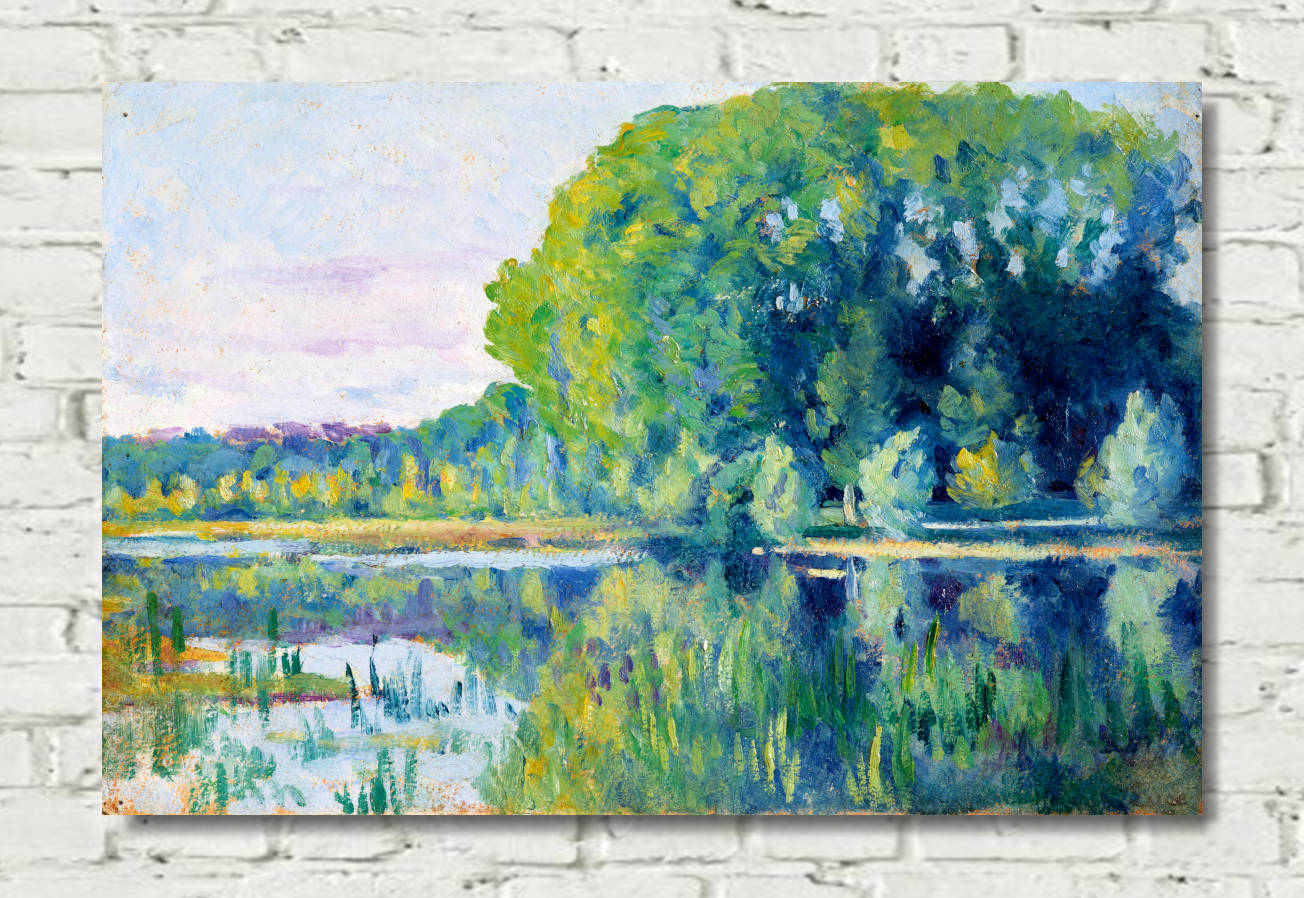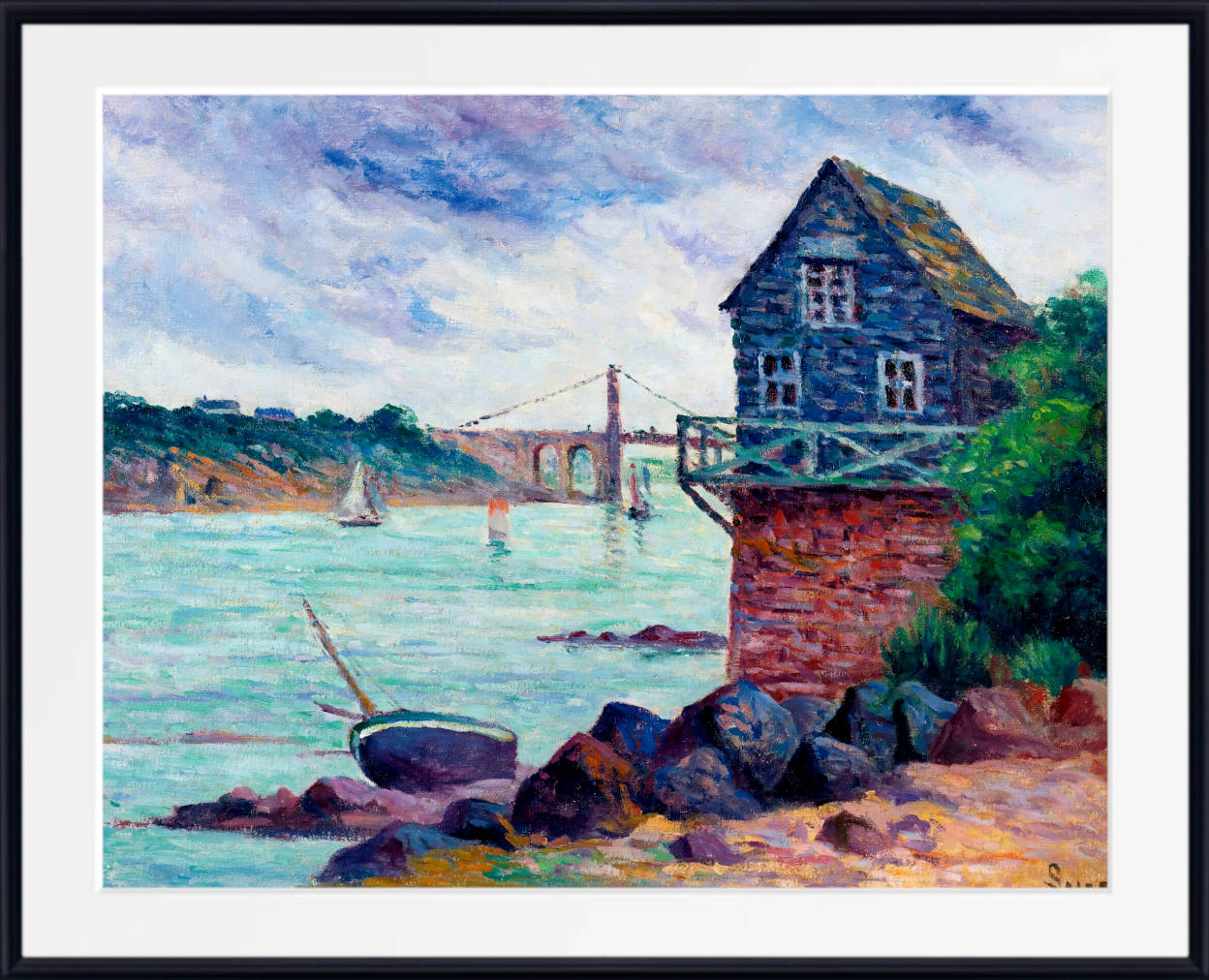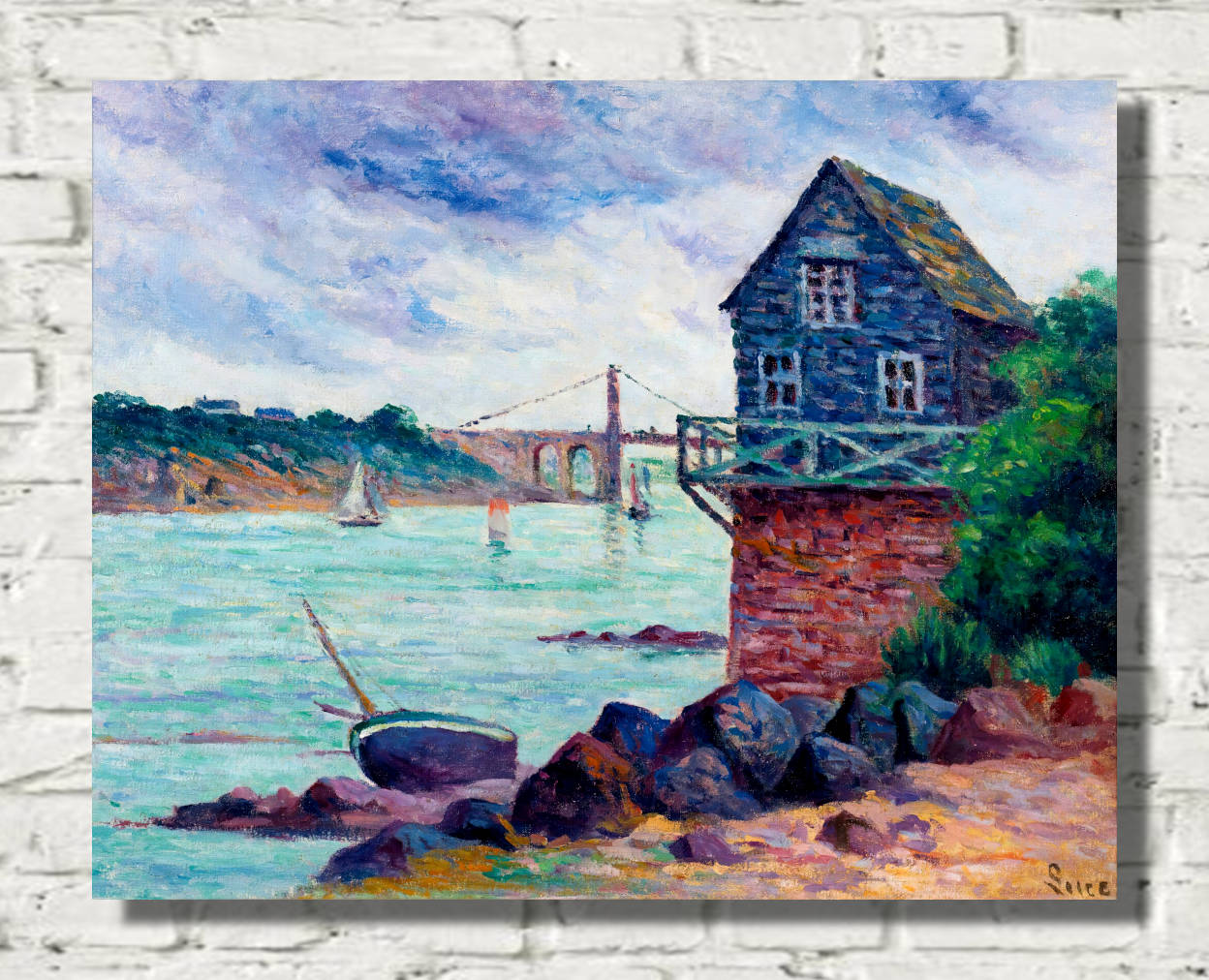Table of Contents:[hide]
Maximilien Luce (1858-1941) was a French painter who used various styles and themes in his works which represent the socio-political changes of his era. He was born on March 13th, 1858 in Paris where he lived most of his life until he died at an old age on February 6th, 1941. His life as well as career were greatly influenced by what happened around him during late 19th century through early 20th century France’s vibrant artistic environment .
Early Life and Training
At the age of fourteen years old Maximilien became apprentice to engraver Eugène Froment thereby laying down foundations for his future attention to detail which would later become one among many characteristics typical for neo-impressionism. Besides working with Froment, every evening after work hours Maximillian attended École des Arts Décoratifs and Académie Suisse where he learned how to draw better.
Artistic Development and Neo-Impressionism
It was only after meeting Georges Seurat together with Paul Signac that Maximillian’s artistic career took off. At this point, Luce switched over from being deeply influenced by impressionists specifically Camille Pissarro to adopting pointillist techniques associated with Divisionism thus making himself one among leading figures within Neo-Impressionism movement . His method involved applying small distinct dots or strokes of pure colours side by side so as form an image viewed at distance while still maintaining vibrancy up-close due to each dot having its own hue, intensity value, saturation level etcetera according to scientific theories concerning light perception.
Major Works and Themes
"The Quai Saint-Michel and Notre-Dame" (1890)
One of Luce's most celebrated works, "The Quai Saint-Michel and Notre-Dame" (1890), exemplifies his mastery of the Neo-Impressionist technique. The painting depicts a serene view of the Seine River, with the iconic Notre-Dame cathedral in the background. The play of light on the water and the vibrant, yet harmonious, use of color demonstrate Luce's ability to capture the essence of a scene through the meticulous application of Pointillist dots. This work not only highlights the beauty of Paris but also reflects Luce's deep appreciation for the interplay of light and architecture.
"Paris, Le percement de la rue Réaumur" (1907-08)
In contrast to the tranquil scenes of the Seine, "Paris, Le percement de la rue Réaumur" (1907-08) delves into the dynamic and often tumultuous process of urban transformation. This painting captures the extensive construction work involved in the creation of Rue Réaumur, a major Parisian thoroughfare. Through his detailed portrayal of laborers and machinery, Luce highlights the industrial and social changes reshaping Paris at the time. The painting is a powerful testament to the intersection of art and social commentary, showcasing Luce's keen interest in the lives of the working class.
"Le Front populaire" (1936)
Luce's later work, "Le Front populaire" (1936), reflects his enduring commitment to social issues and his active involvement in political movements. The painting depicts a mass demonstration during the rise of the French Popular Front, a leftist coalition government. With vibrant colors and dynamic composition, Luce captures the energy and optimism of the workers and activists fighting for social justice. This work underscores Luce's alignment with anarchist principles and his lifelong advocacy for the rights of the working class.
Political Involvement and Later Years
Maximilian Luce wasn’t just a painter; he also belonged into category called fervent anarchists/social activists too. He blended these two aspects such that they became inseparable parts of him because even when it came down painting pictures there always had be some political message attached onto them somewhere somehow – throughout lifetime illustrating anarchist publications actively participating anarchism advocating for equality between people different social classes rights employees etcetera.
In spite difficult moments which included first world war personal life challenges as well as changing trends within art scene at that time Max remained true not only to himself but also towards what he believed was right. It can therefore be seen from latter works how they continue reflecting various social problems besides showing human life from different angles possible .
Legacy
The range covered by Maximilian Luce’s artworks is quite wide since majority are landscapes while others touch on urban settings still remaining some which depict concerns about society . This has made him one among most important artists associated with neo-impressionism all along being guided by desire bring change where necessary through his paintings. His great attention details showed itself in use rich colours used throughout these images personifies this movement .
Towards the end of his life, Maximilien retreated even further into self-imposed isolation due deteriorating health condition until finally passing away on February 6th 1941 leaving behind legacy which reflects both beauty and complexity found within world we inhabit today according to him. Major museums collections around global hold examples such as these thus enabling many people see things way saw them even though may no longer exist physically within our environment anymore – serving as a reminder for future generations whose minds will resonate better with such realities thanks their continued exposure towards brighter ideas brought forth by enlightened individuals like this French painter who went against grain during challenging times.







